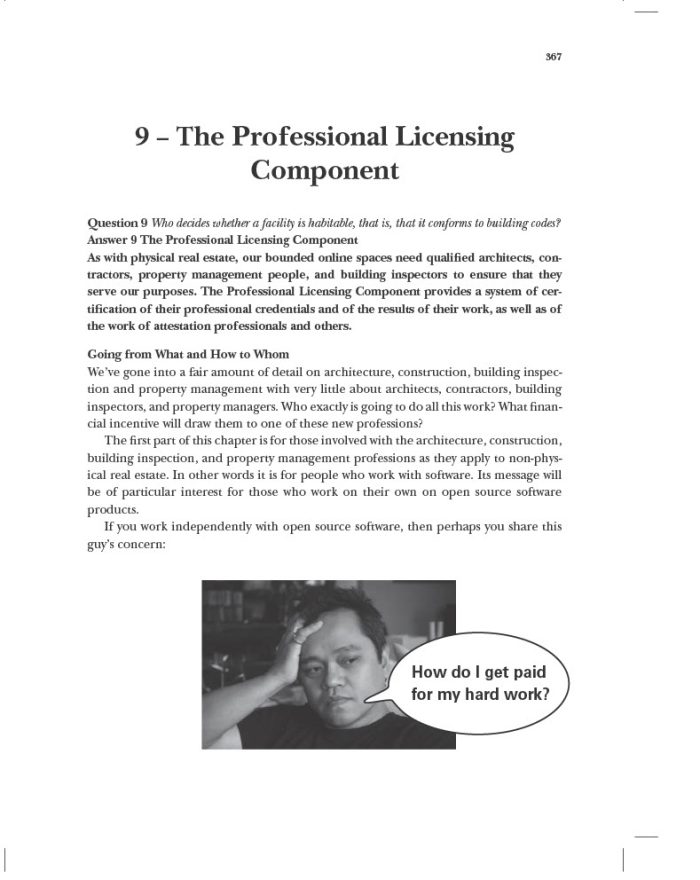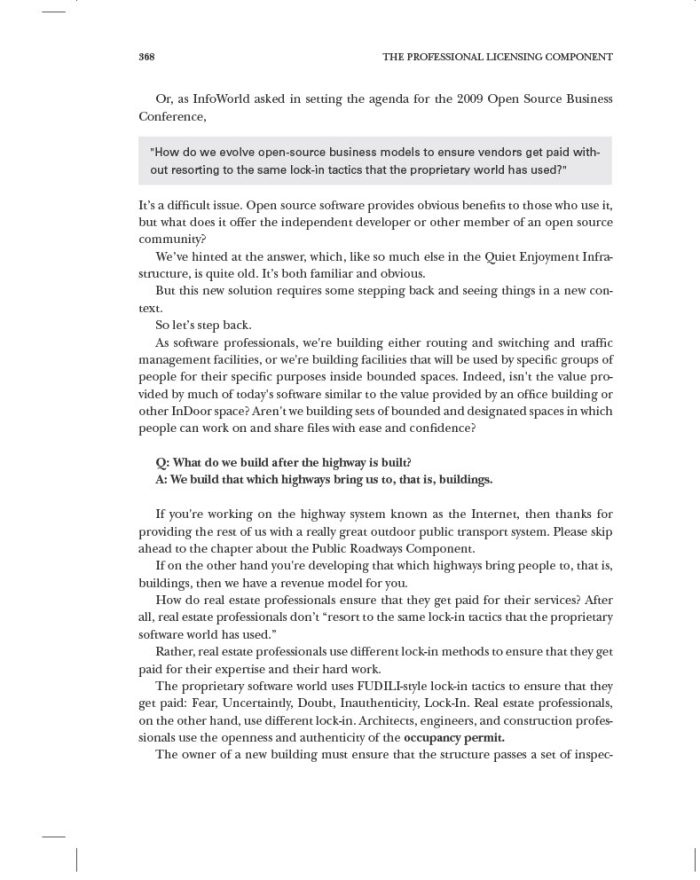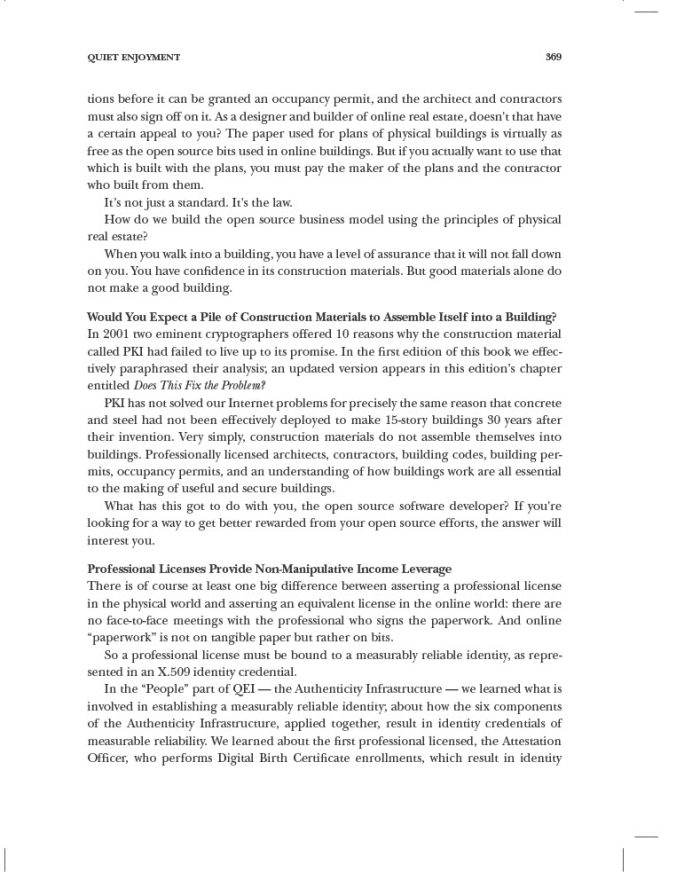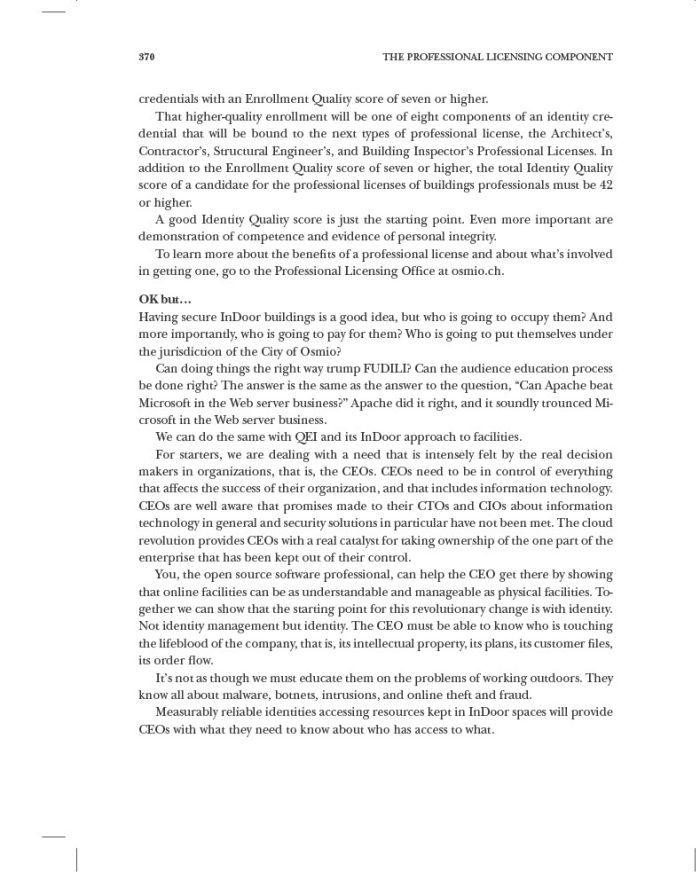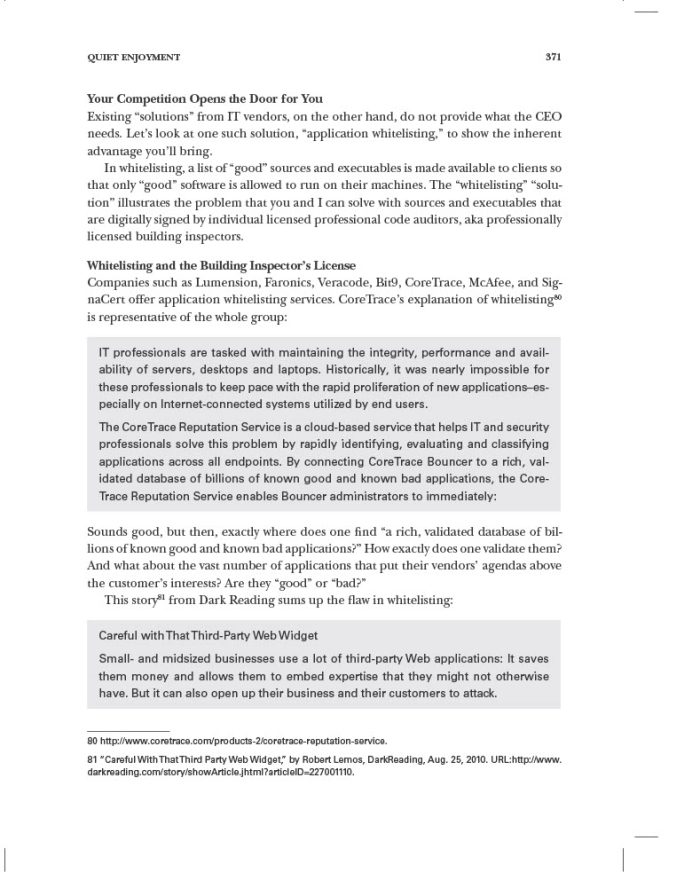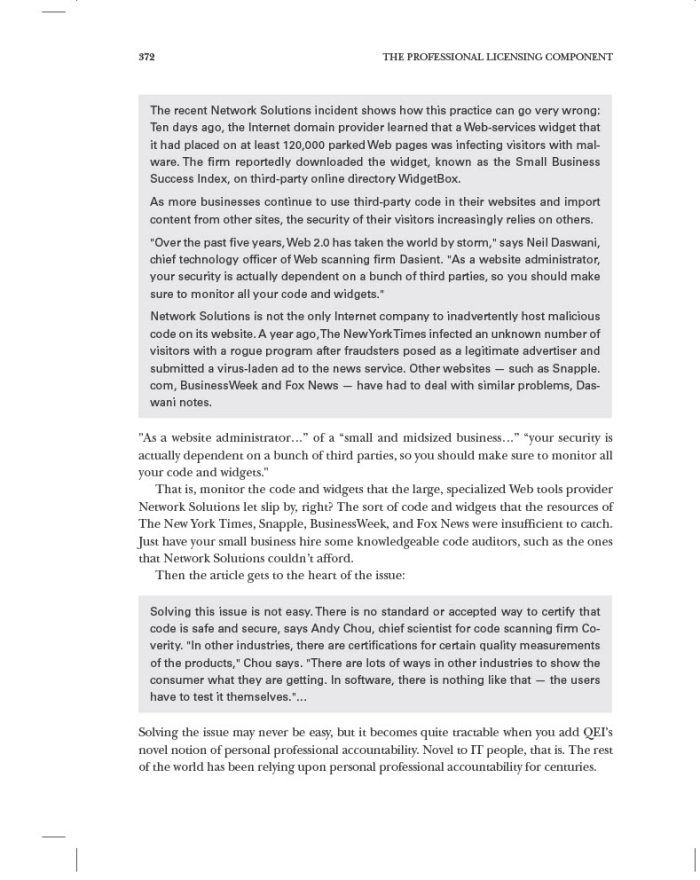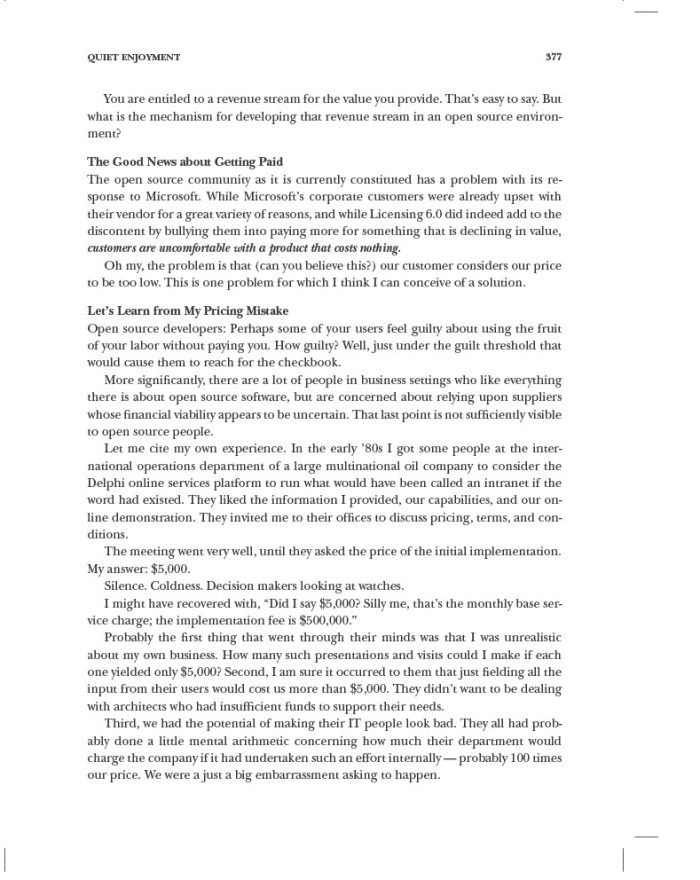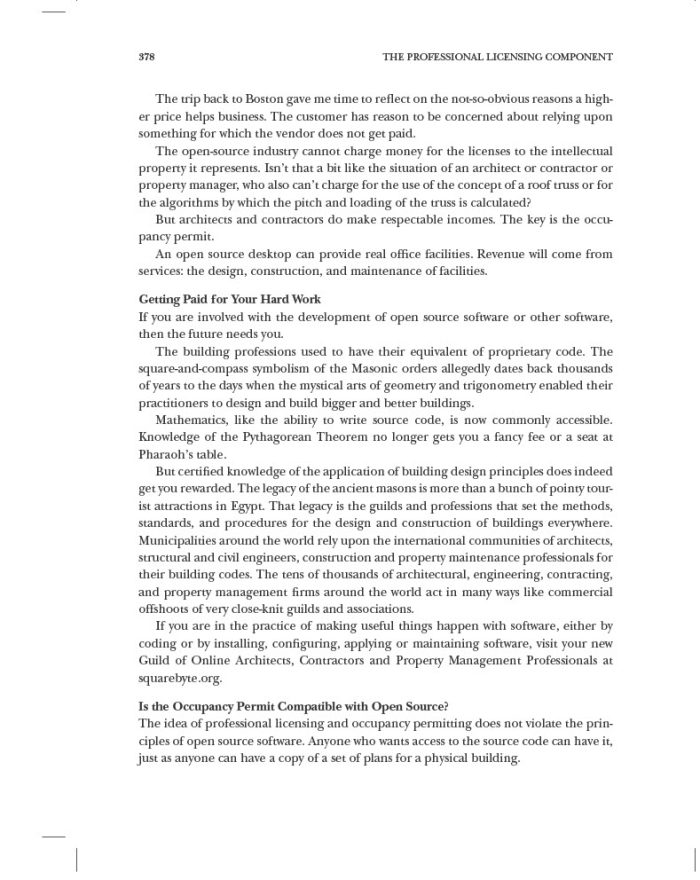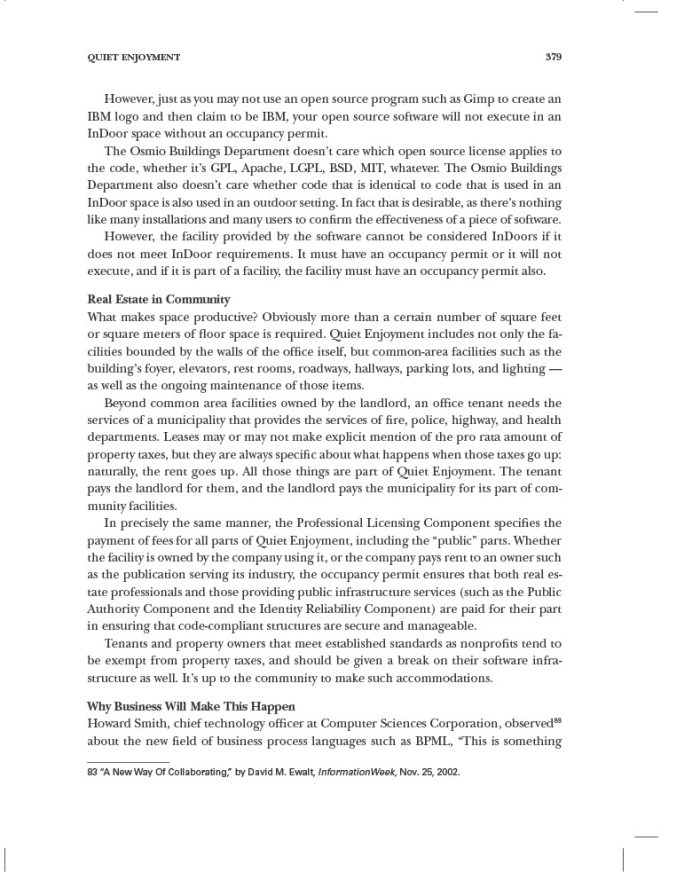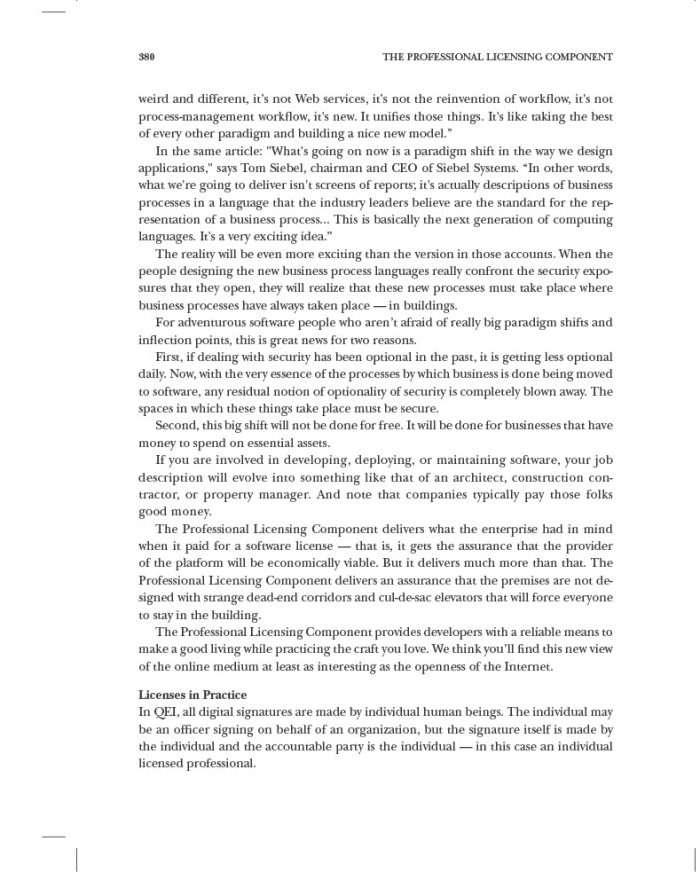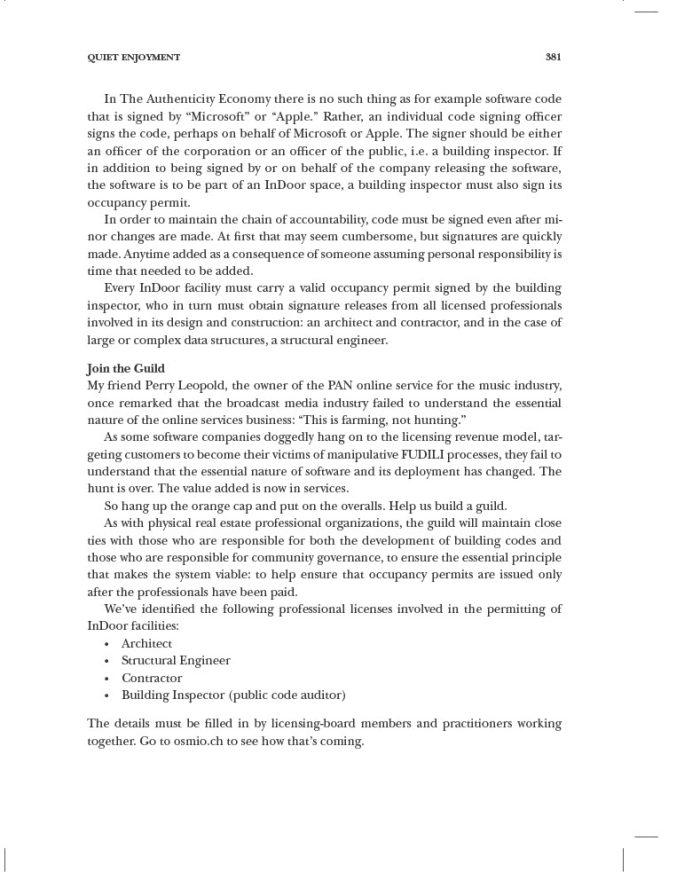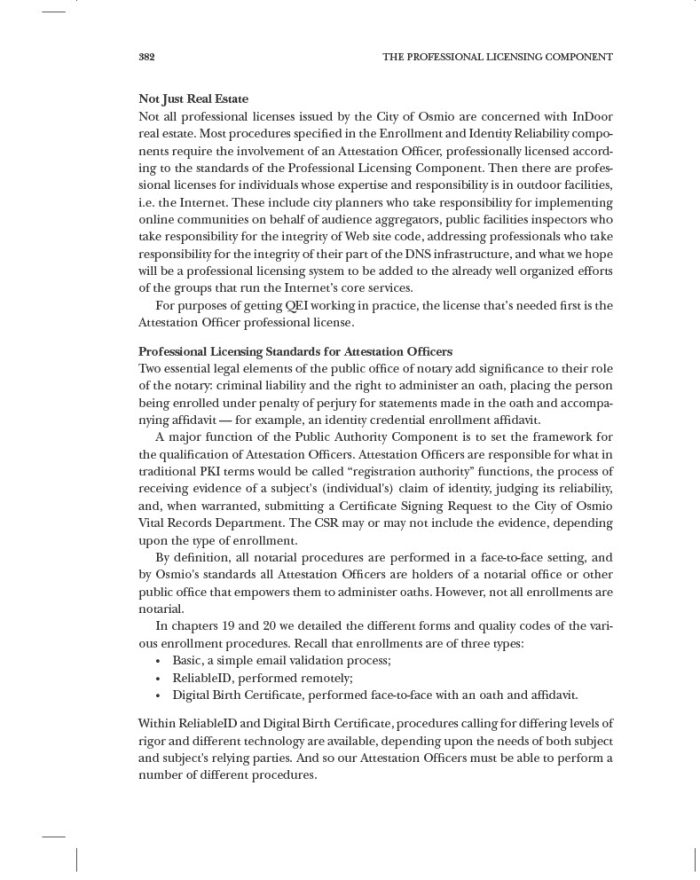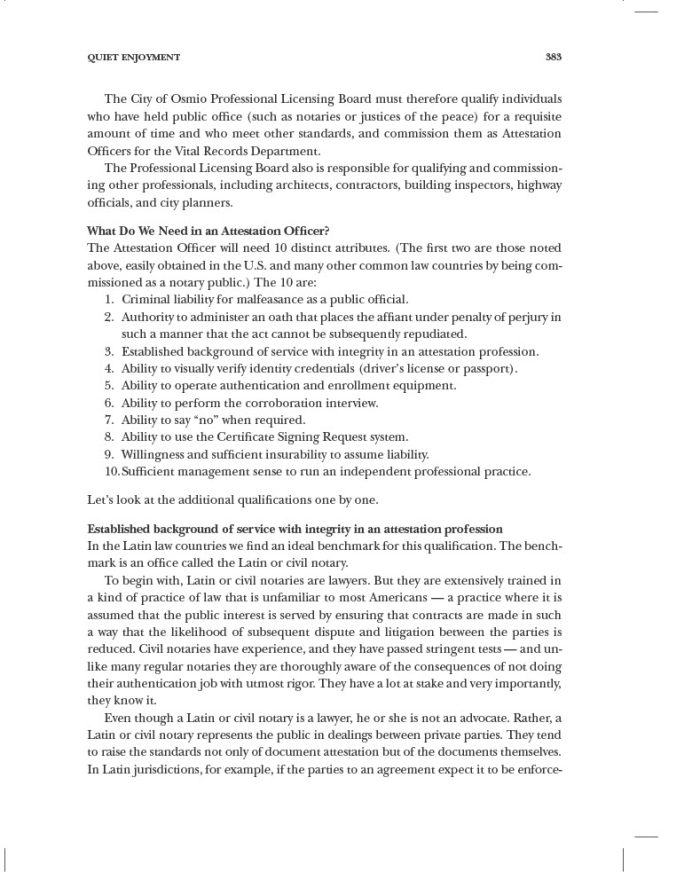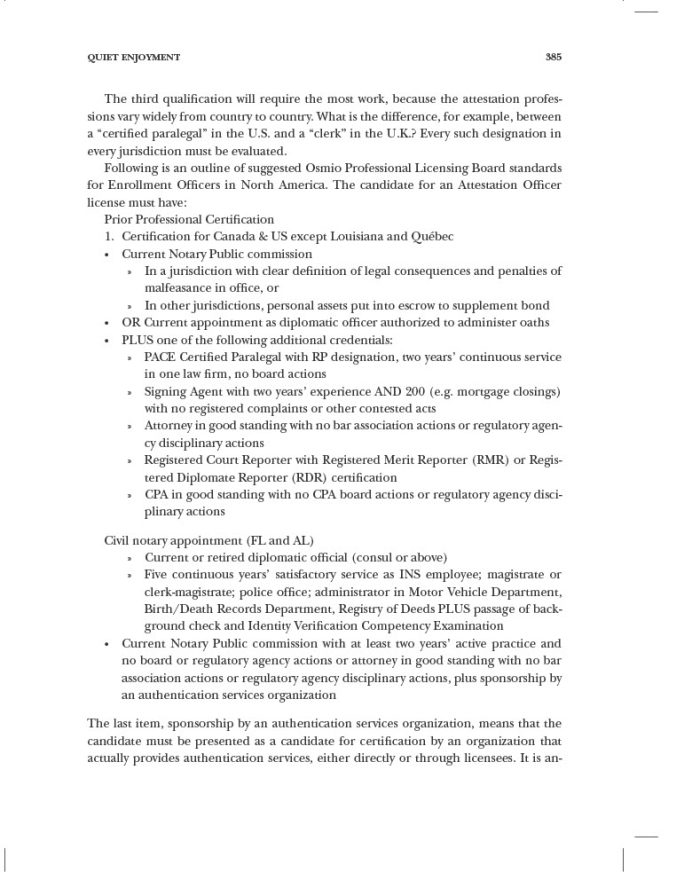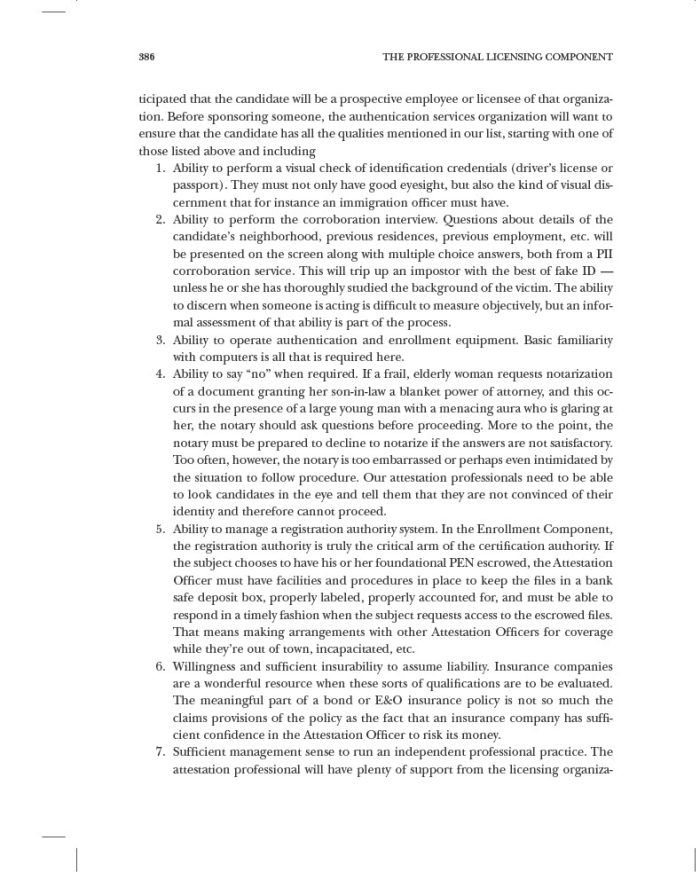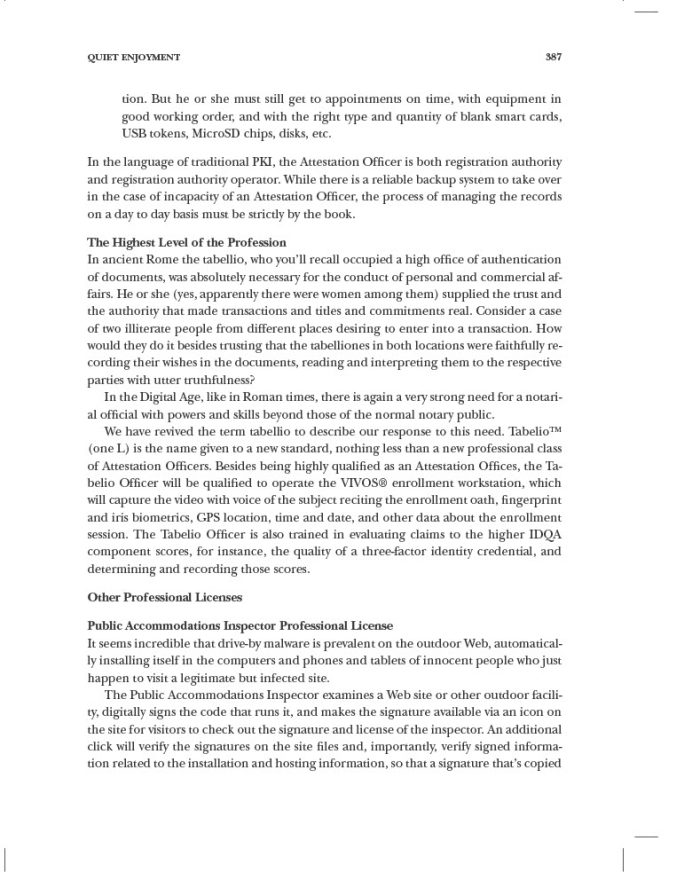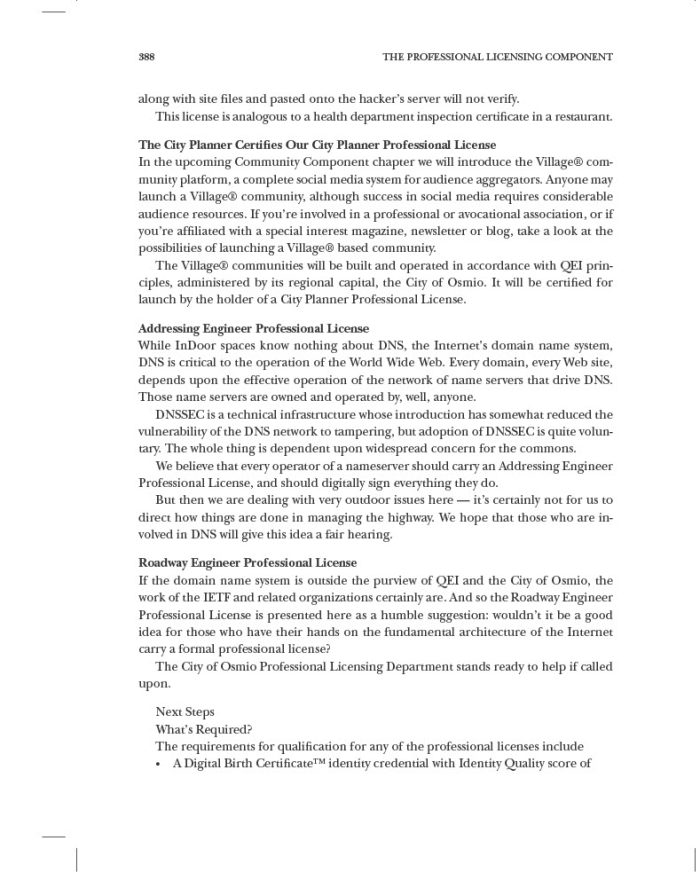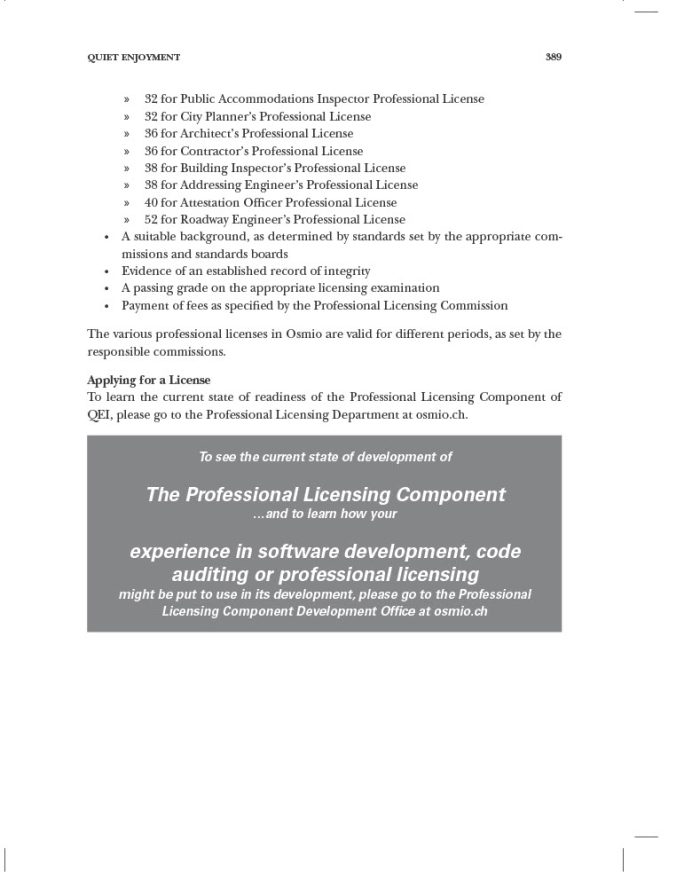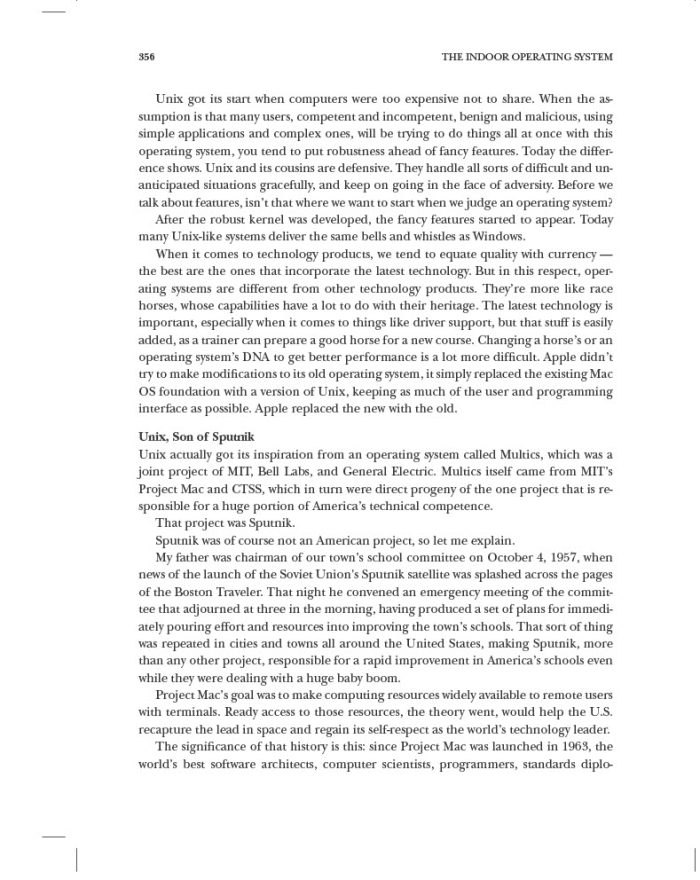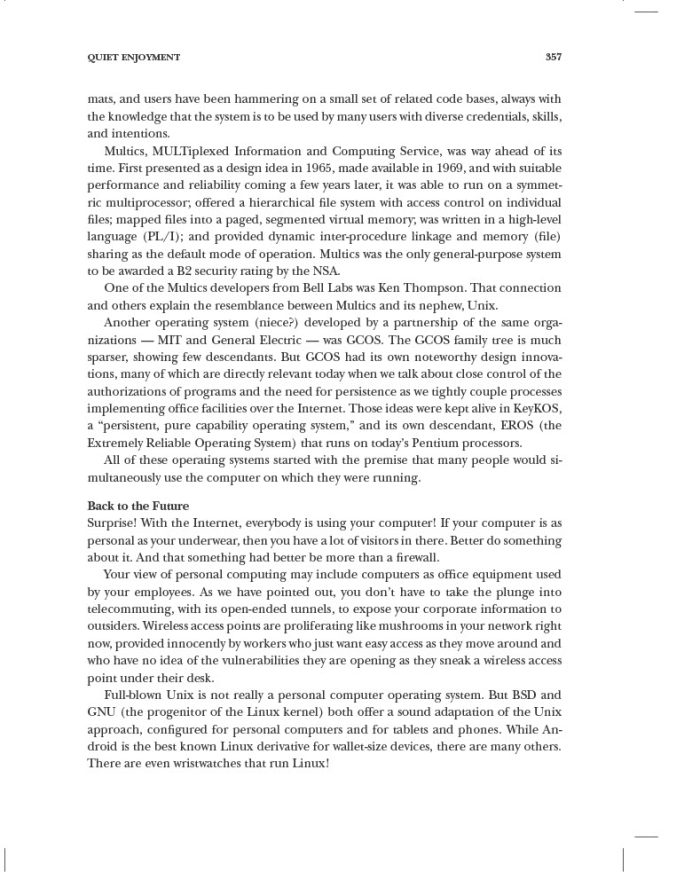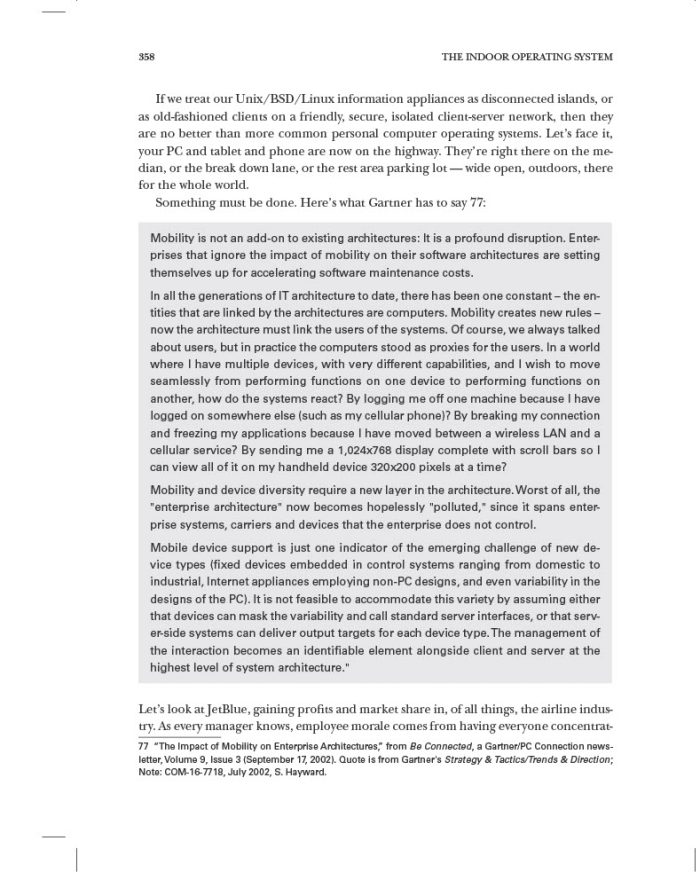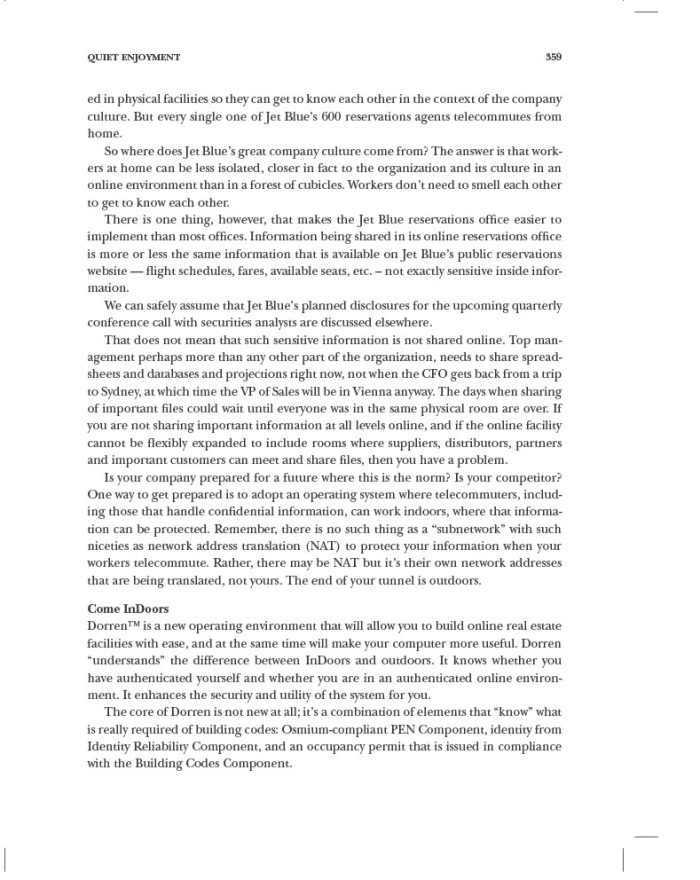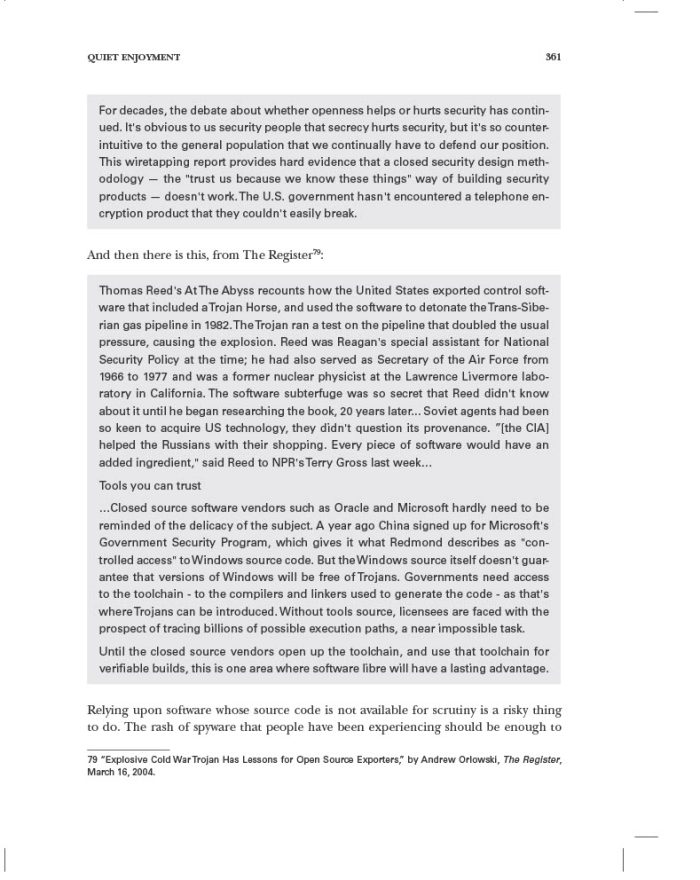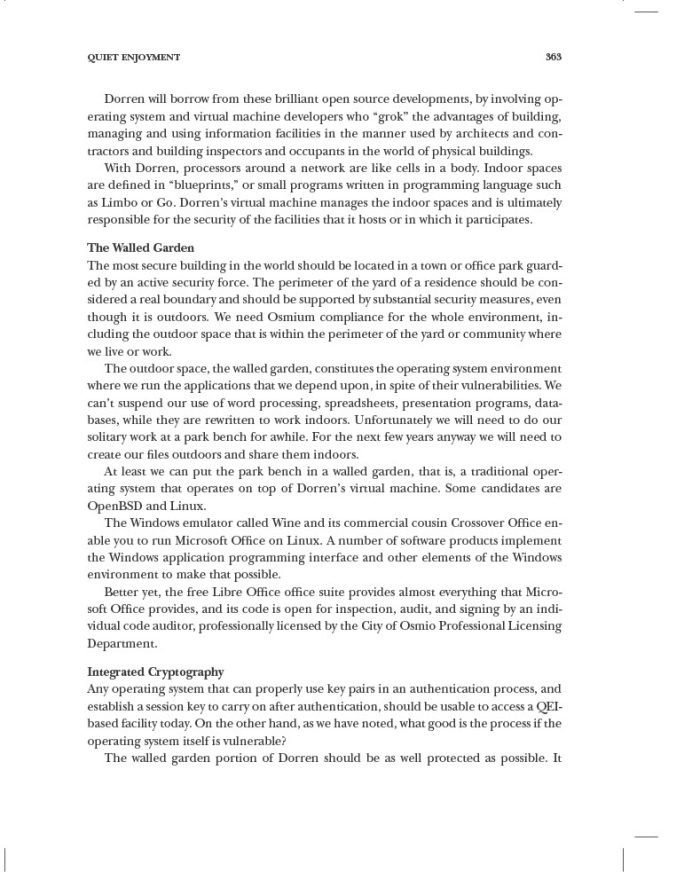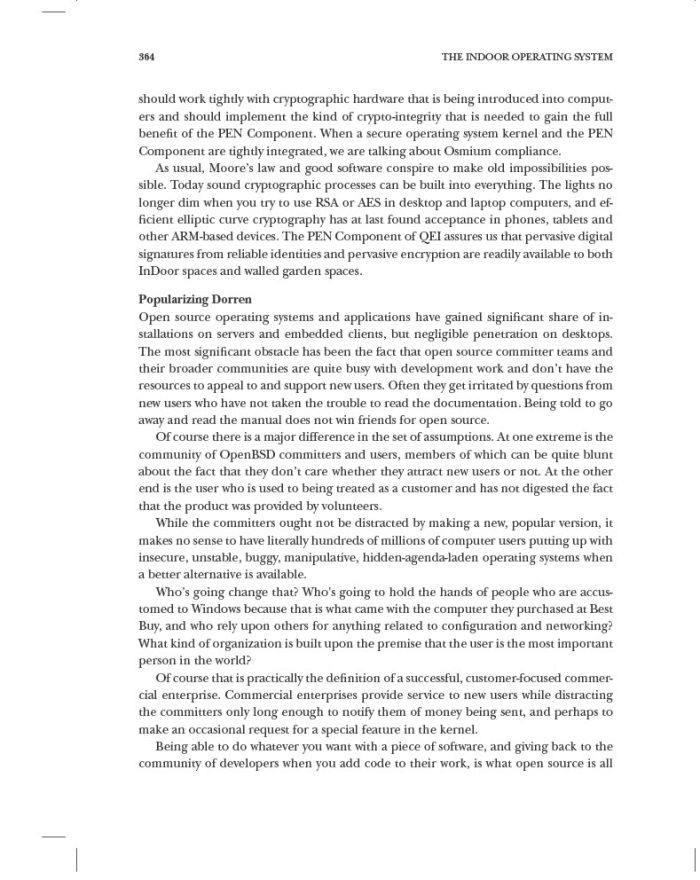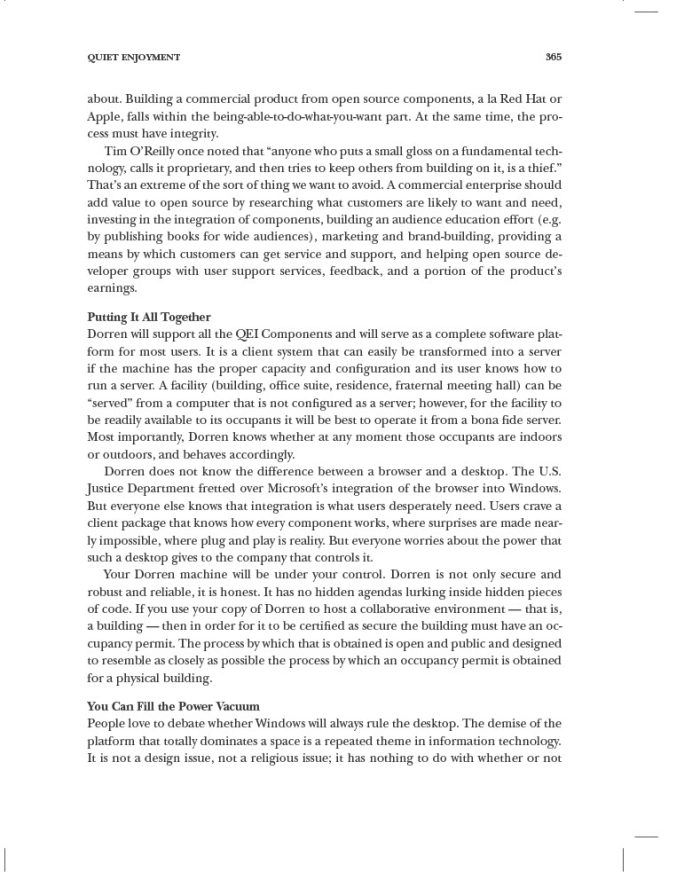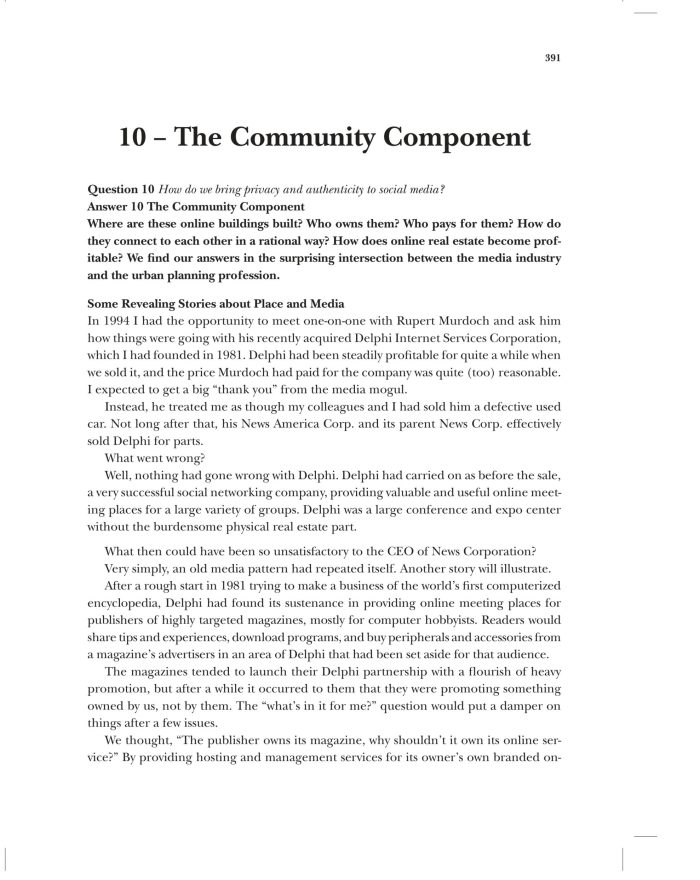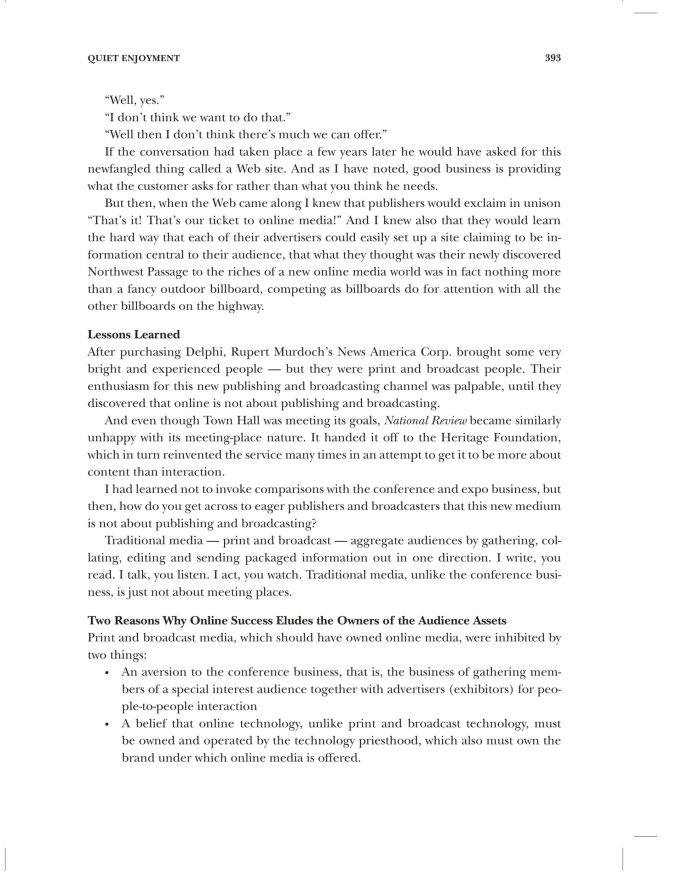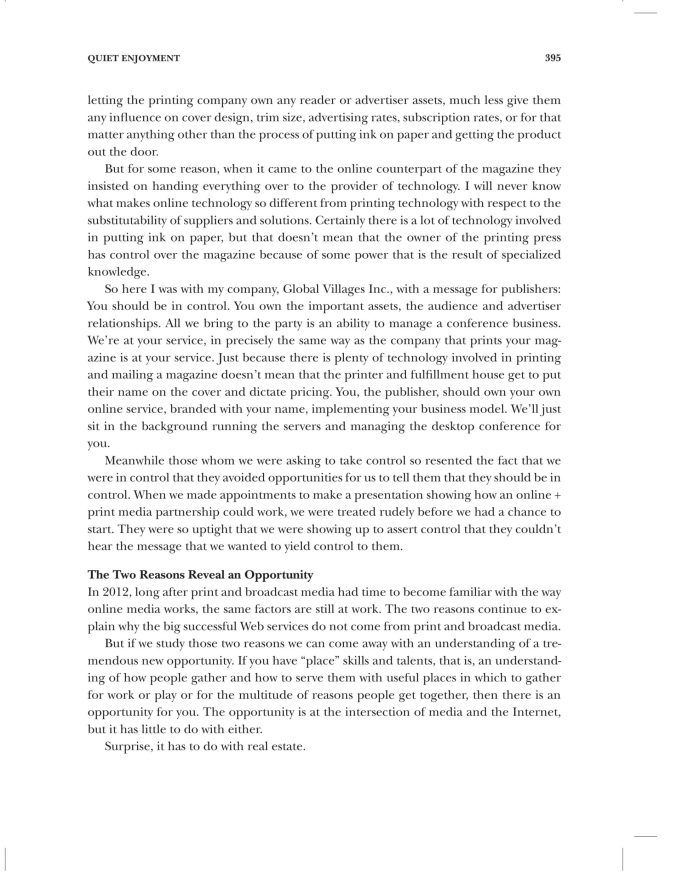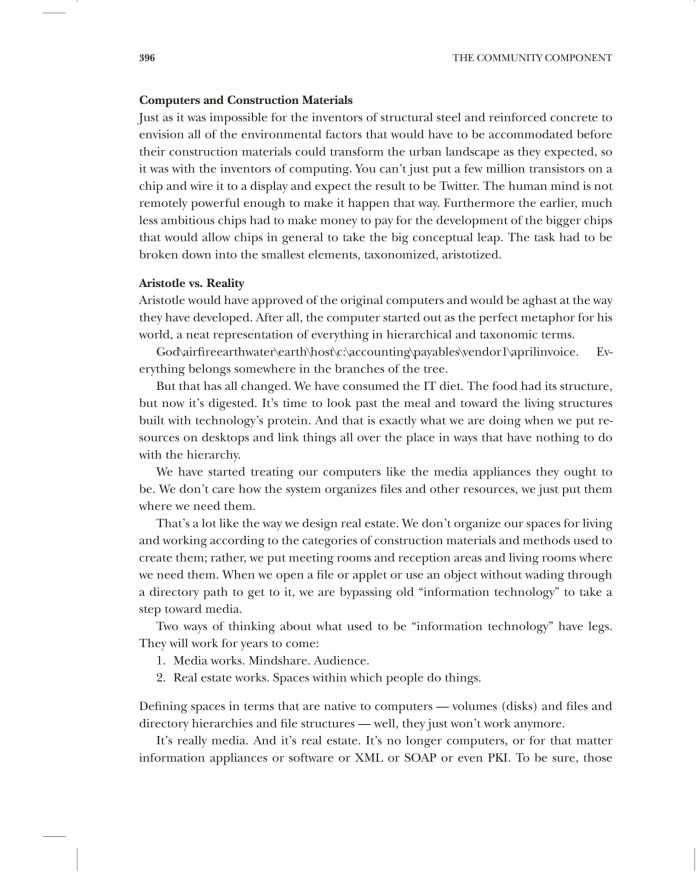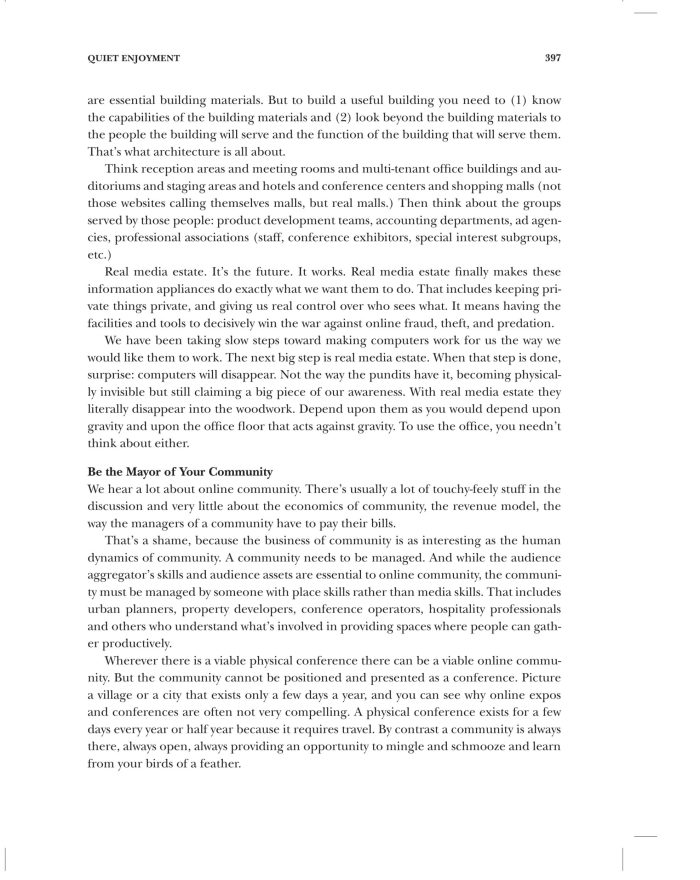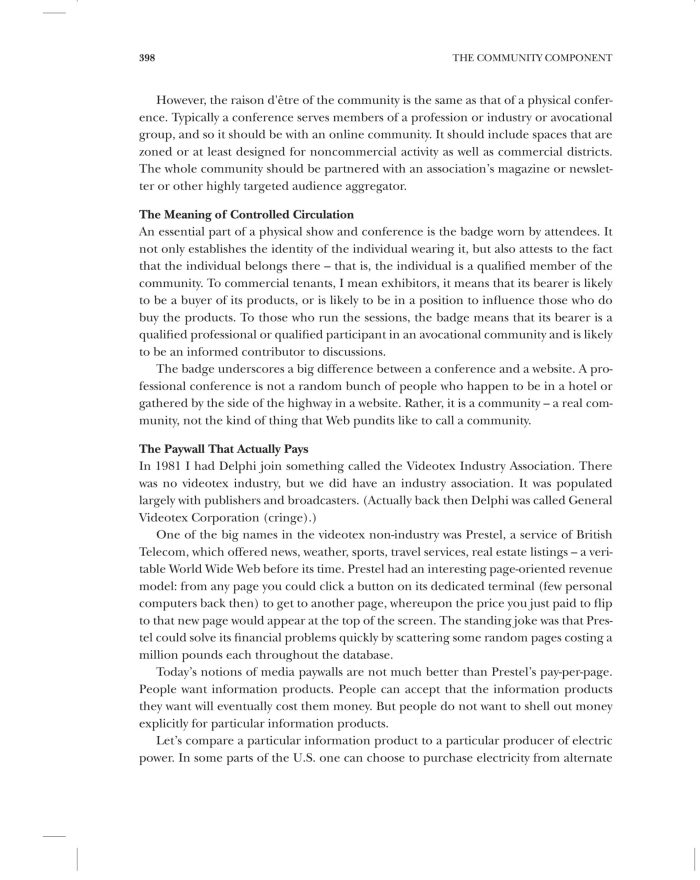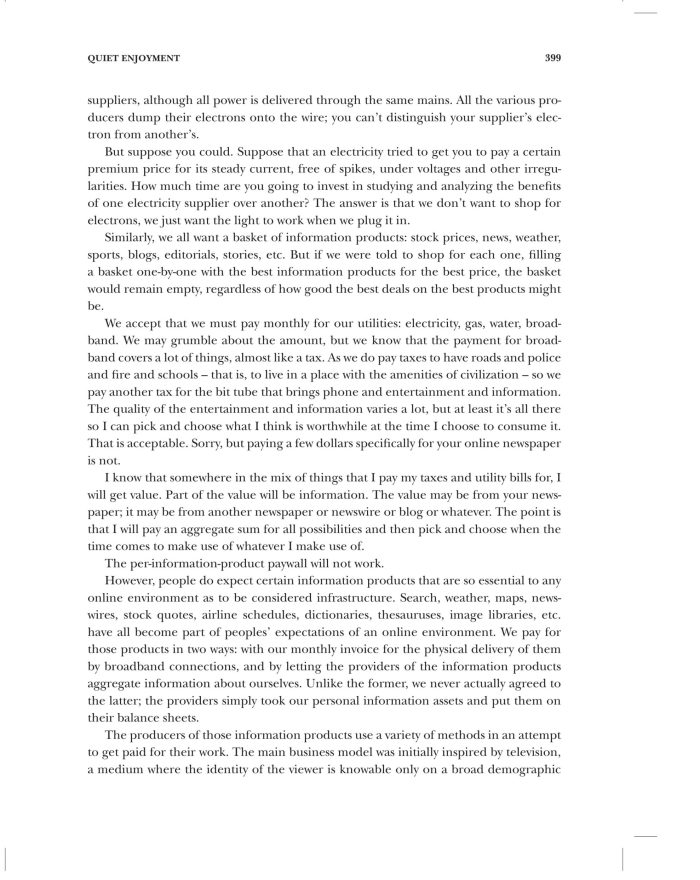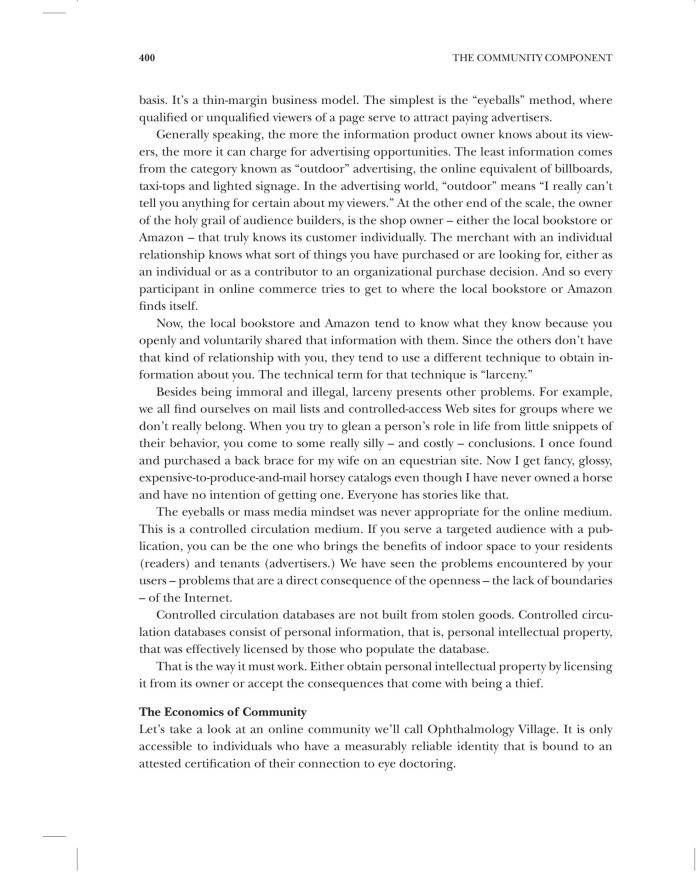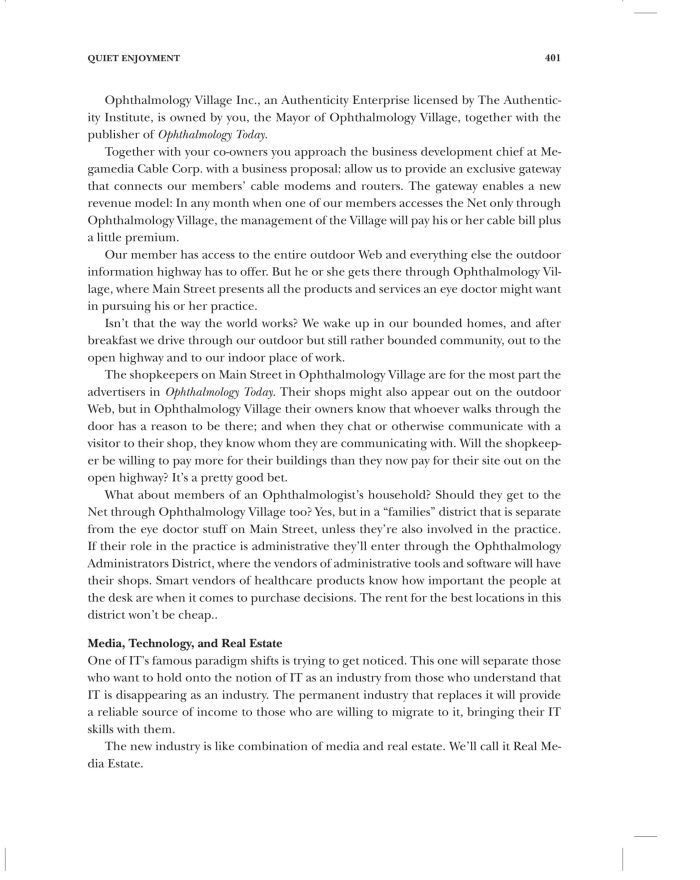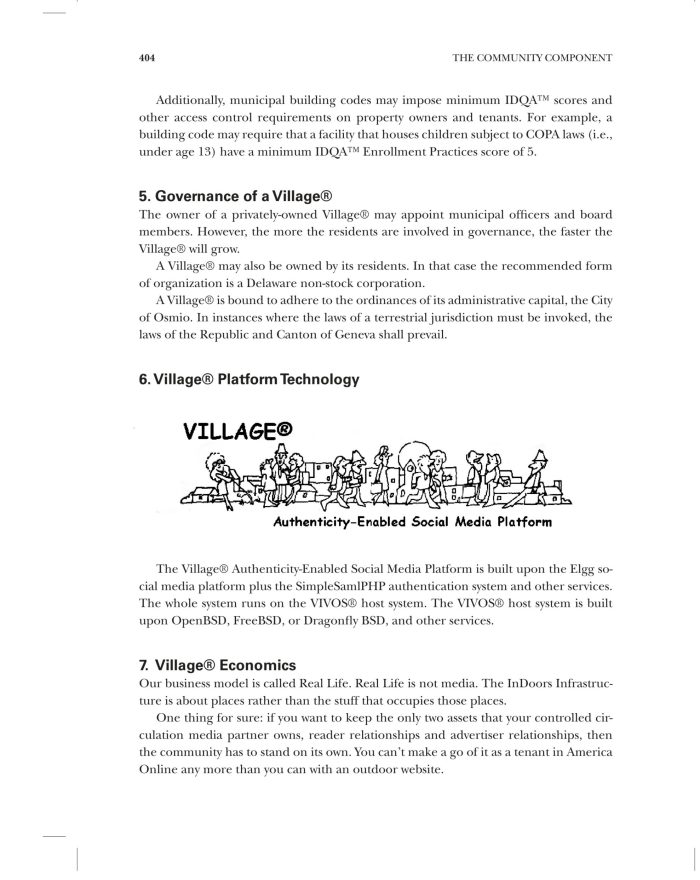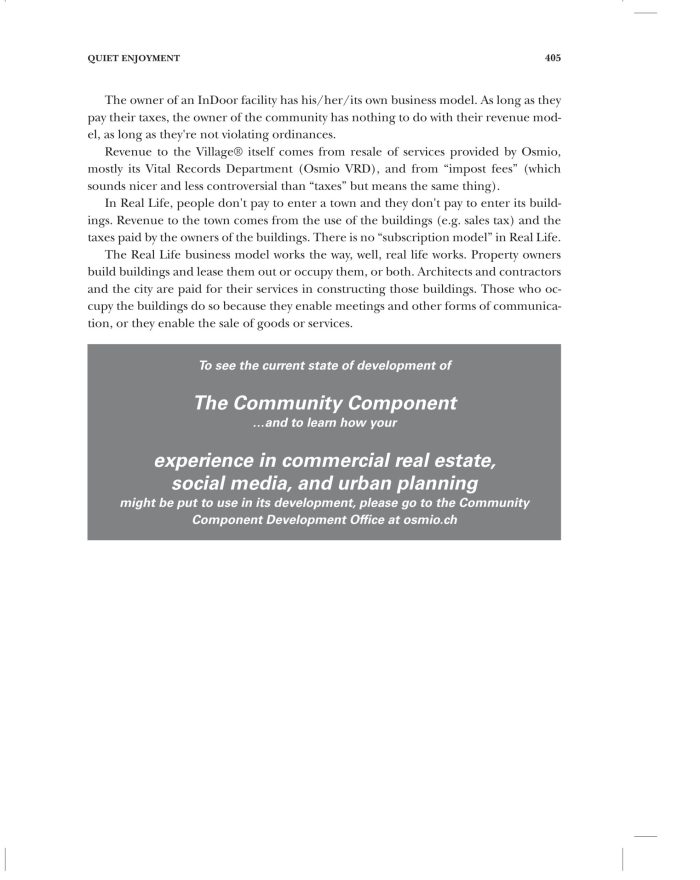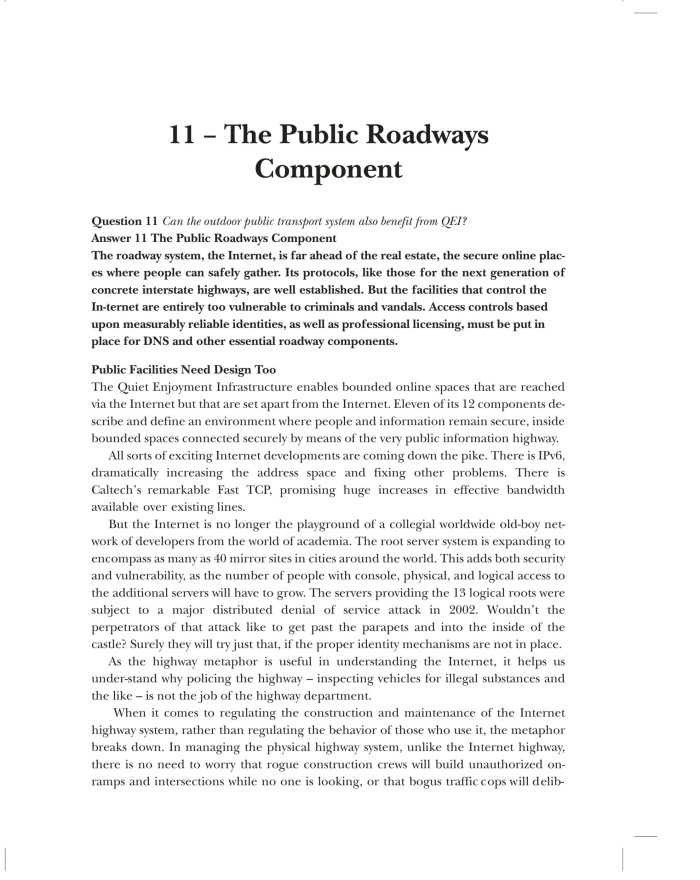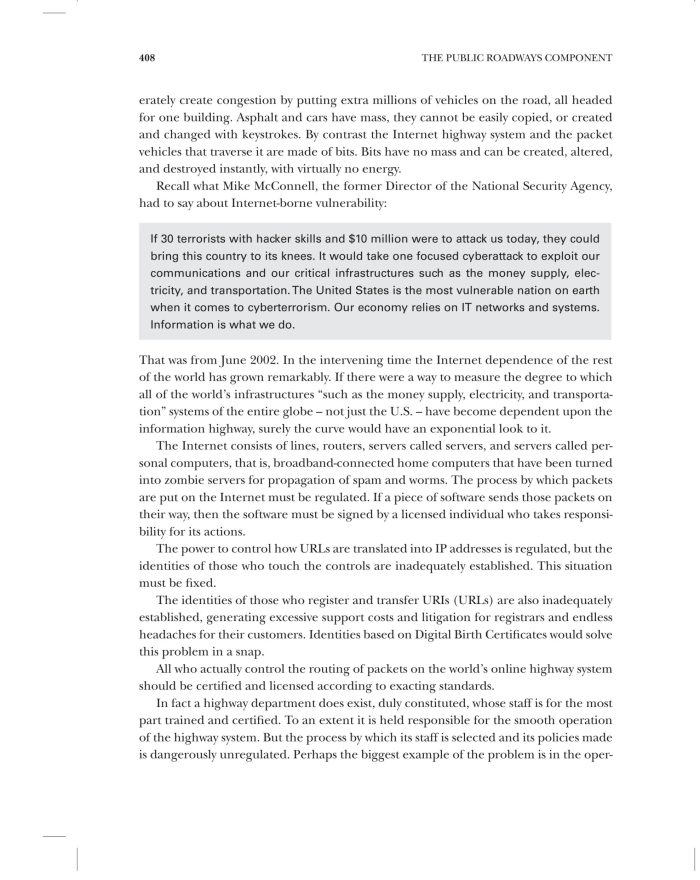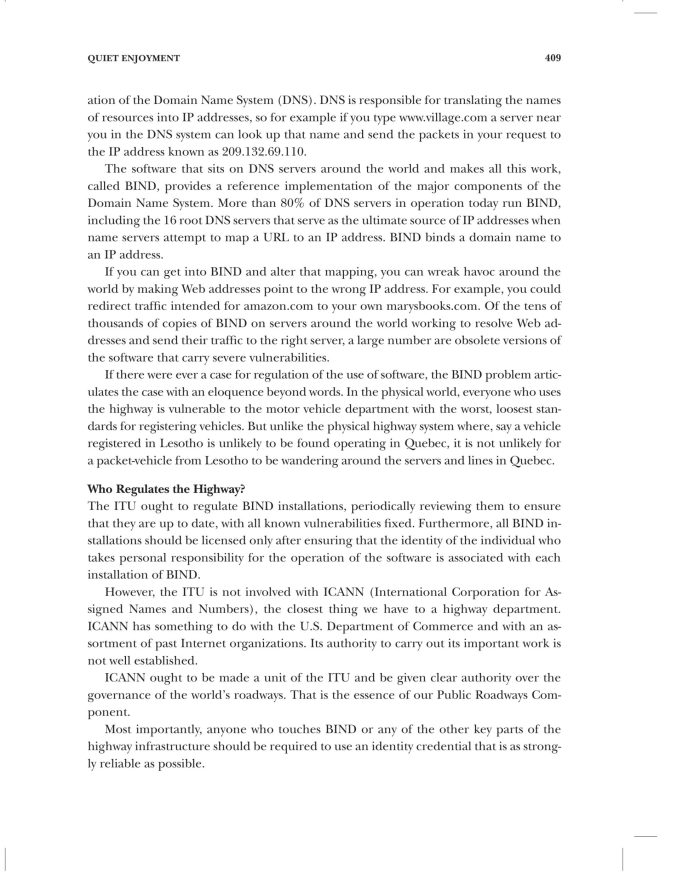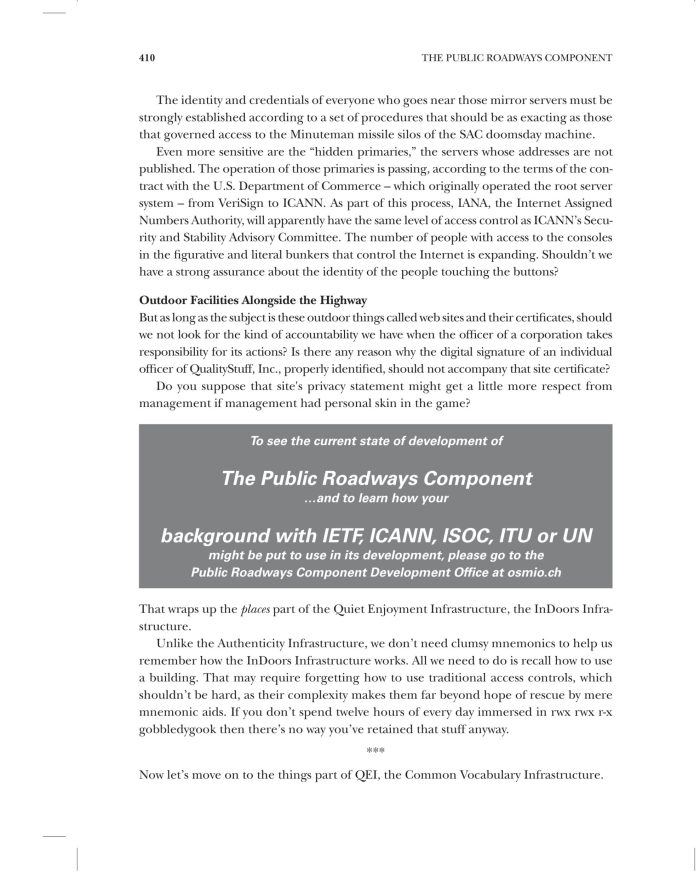Web Developers
We have an important question for you:
What does famous security expert Douglas Crockford mean when he says

“Never trust the browser” ???
Isn’t that like saying
“Never trust the Web”?
Well… yes.
And that presents
a big opportunity for Web Developers!
Let us explain...
Way back in 2005, MIT Technology Review was telling us
The Internet Is Broken.
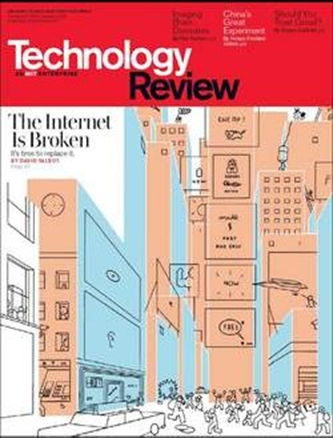
That was 20 years ago…
...and since then things have only gotten worse!
And now, Artificial Intelligence in the hands of thieves and
fraudsters is just making things
even worse
and
even worse faster.
Can it continue this way?
The simple answer is:
NO.
As a web developer, you need to know about
Big Changes
affecting your world.
If you have found that the web development business has become More Competitive...
...and that it has become MORE DIFFICULT TO GET THE ATTENTION OF WEB DEVELOPMENT CLIENTS
You’re not alone.
That’s the way it is with mature industries such as web development.
Industries that have been around for a while tend to attract a lot of competitors, making it increasingly difficult to find new clients.
But those who anticipate the way their industry is changing are the ones who get the new clients – by serving the new needs of those new clients.
You may have heard the expression “Necessity is the mother of change.”
One of the biggest necessities in the digital online world is the necessity of solving the problems of online fraud, theft, malware, breaches, etc.
We’ve learned how to deal with that bad stuff in the physical world, but in the digital online world things just keep getting worse.
So if you’re part of the solution to that problem you will have an abundance of new clients.
That video starts by asking
“What comes after the web?”
Do you believe that nothing comes after the web, that nothing ever changes?
Or do you believe that tomorrow will be different from today?
And that those who anticipate the way things will change are the people who will profit the most from those changes?
Let’s take another look at this big change that’s happening…
The internet used to be called "The Information Highway", and the name still fits.
So… how do we typically use highways?
Don’t we typically use highways, that is, public outdoor transport systems…
...to take us to bounded indoor spaces called buildings?
And what is a building but a set of accountability spaces!
You tend to know who is in a room with you – right?
So… where are the indoor spaces – the buildings – that you get to via the web but which are not part of the web?
Just as in the physical world you get to buildings via the highway
BUT
The buildings are not part of the highway
In exactly the same way
you get to digital buildings via the information highway (the Web)
BUT
The digital buildings are not part of the information highway
Just as physical buildings
Now let’s take a look at the construction material that is used for digital indoor spaces, that is, digital buildings.
It’s called the Real Estate Markup Language, REML, Or HTML10.
HTML10 Principles and Methods
HTML10, also known as the InDoors Infrastructure, is part of the Quiet Enjoyment Infrastructure.
“Quiet Enjoyment” is a real estate term that sums up what a tenant is entitled to in a lease: security, privacy, convenience, and effectiveness in a habitable space. The digital spaces where we do our work, socialize, and learn are like physical spaces. People who use them are entitled to the same security, privacy, convenience, and effectiveness in their online spaces as they expect in physical spaces.
QEI consists of twelve parts, called components, that fall into three groups: People, Places, and Things.
HTML10, also known as the InDoors Infrastructure, is the Places part of the Quiet Enjoyment Infrastructure. For context, here are the twelve components:
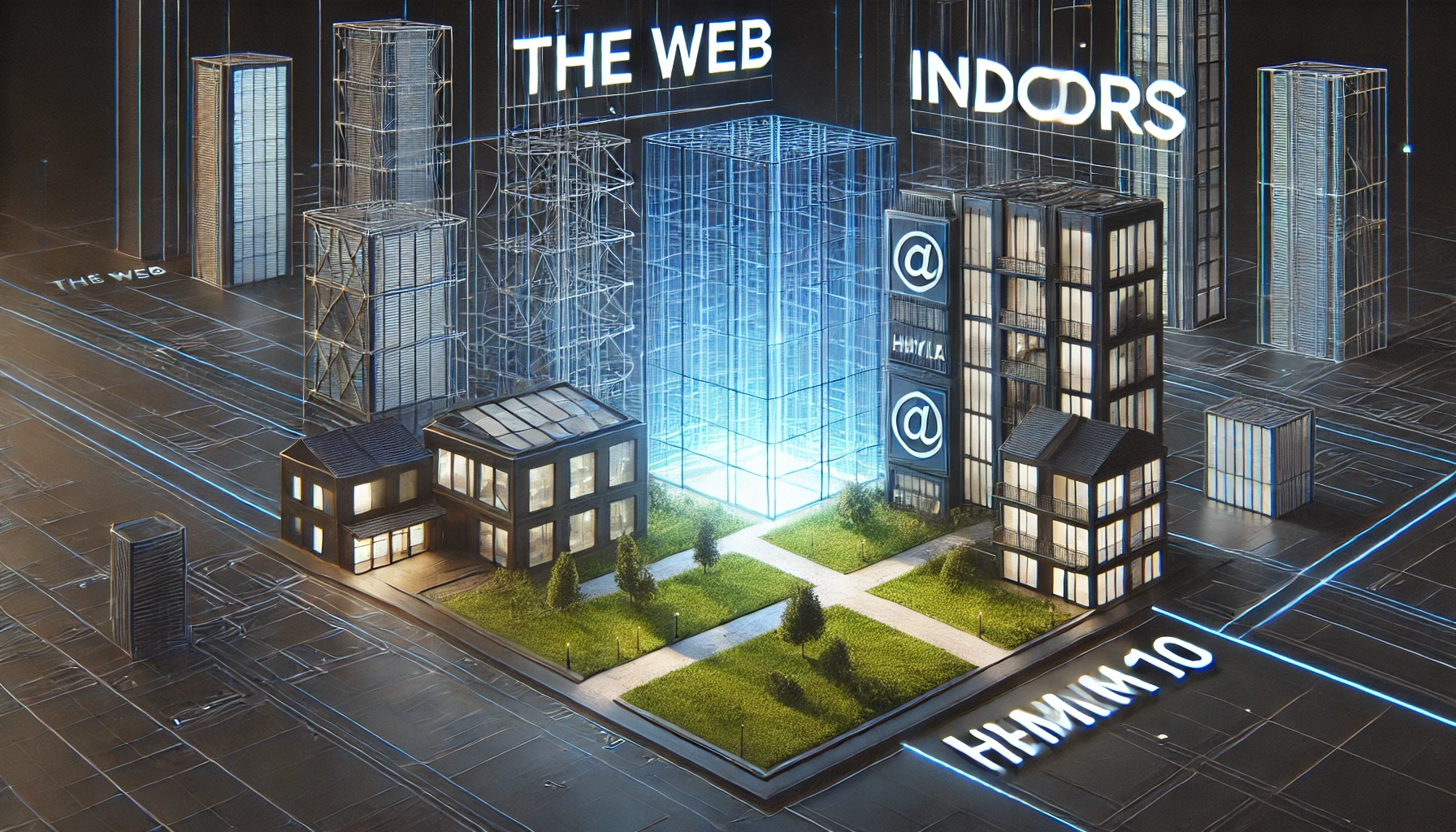
People
The Authenticity Infrastructure
1. PEN
2. Public Authority
3. Enrollment
4. Identity Reliability
5. Personal Information Ownership
6. Enrollment
Places
Indoors Infrastructure ™
7. Building Codes
8. Tectonics
9. Professional Licensing
10. Community
11. Public Roadways
Things
Ontology Infrastructure
12. Ontology
The Quiet Enjoyment Infrastructure Standards, Methods and Procedures
What is the Quiet Enjoyment Infrastructure?
QEI is a set of inventions, plans and standards which can be universally deployed to provide online authenticity (measurable trustworthiness of assertions), which in turn begets a secure and manageable information environment. It is based upon the premise of our position statement: Identity Is The Foundation Of Security™.
QEI consists of twelve parts, called Components that fall into three groups: People, Places and Things. The twelve instigations in the three groups are:

PEOPLE
The Authenticity Infrastructure
- PEN Component
- PUBLIC AUTHORITY Component
- ENROLLMENT Component
- IDENTITY RELIABILITY Component
- PERSONAL INFORMATION OWNERSHIP Component
- Accountability Component
PLACES
The InDoors Infrastructure
- The BUILDING CODES Component
- The TECTONICS Component
- The PROFESSIONAL LICENSING Component
- The COMMUNITY Component
- The PUBLIC ROADWAYS Component
THINGS
The Ontology Infrastructure
- ONTOLOGY Component
The people portion of the Quiet Enjoyment Infrastructure is called The Authenticity Infrastructure.
The places portion of the Quiet Enjoyment Infrastructure is called The InDoors Infrastructure.
The things portion of QEI is called the Ontology Infrastructure.
